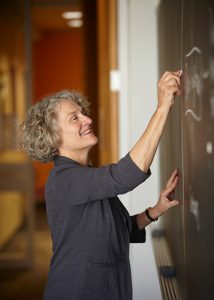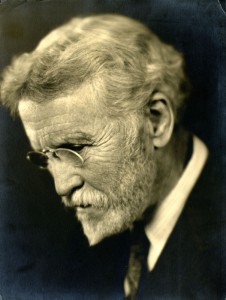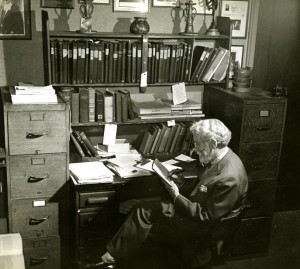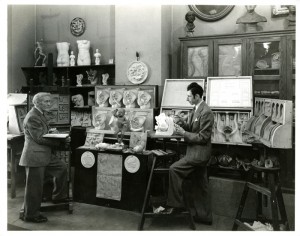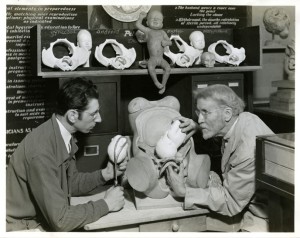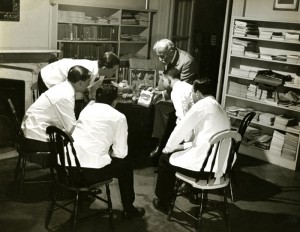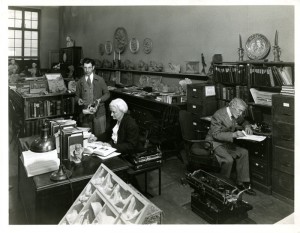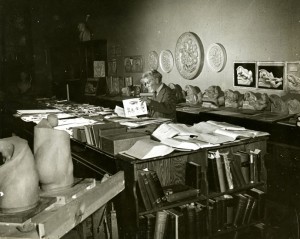New Acquisitions: Nancy M. Kane Papers
The Center for the History of Medicine is pleased to announce the acquisition of the personal and professional papers of Dr. Nancy M. Kane, who recently retired from her role as a Professor of Management in the Department of Health Policy and Management at the Harvard T.H. Chan School of Public Health.
Dr. Kane has won numerous teaching awards, and supports case writing and advocates for teaching via the case method. She also directs the Master in Health Care Management Program, an executive leadership program created for mid-career physicians leading healthcare organizations, and teaches in Executive and Masters Degree programs in the areas of health care financial accounting and analysis, payment systems, and competitive strategy. Her research interests have included measuring hospital financial performance, quantifying community benefits and the value of tax exemption, the competitive structure and performance of hospital and insurance industries, nonprofit hospital governance, and the viability of safety-net providers.
The Nancy M. Kane papers, 1970-2018 (inclusive), which are not yet available for research, consist of teaching records, course records, case records, research in hospital finances and financial transparency, records relating to charity care and tax exemptions, US and state health reform records, health care regulation records, Safety Net records, and departmental administrative files.
For more information about the collection, contact Public Services at chm@hms.harvard.edu.
